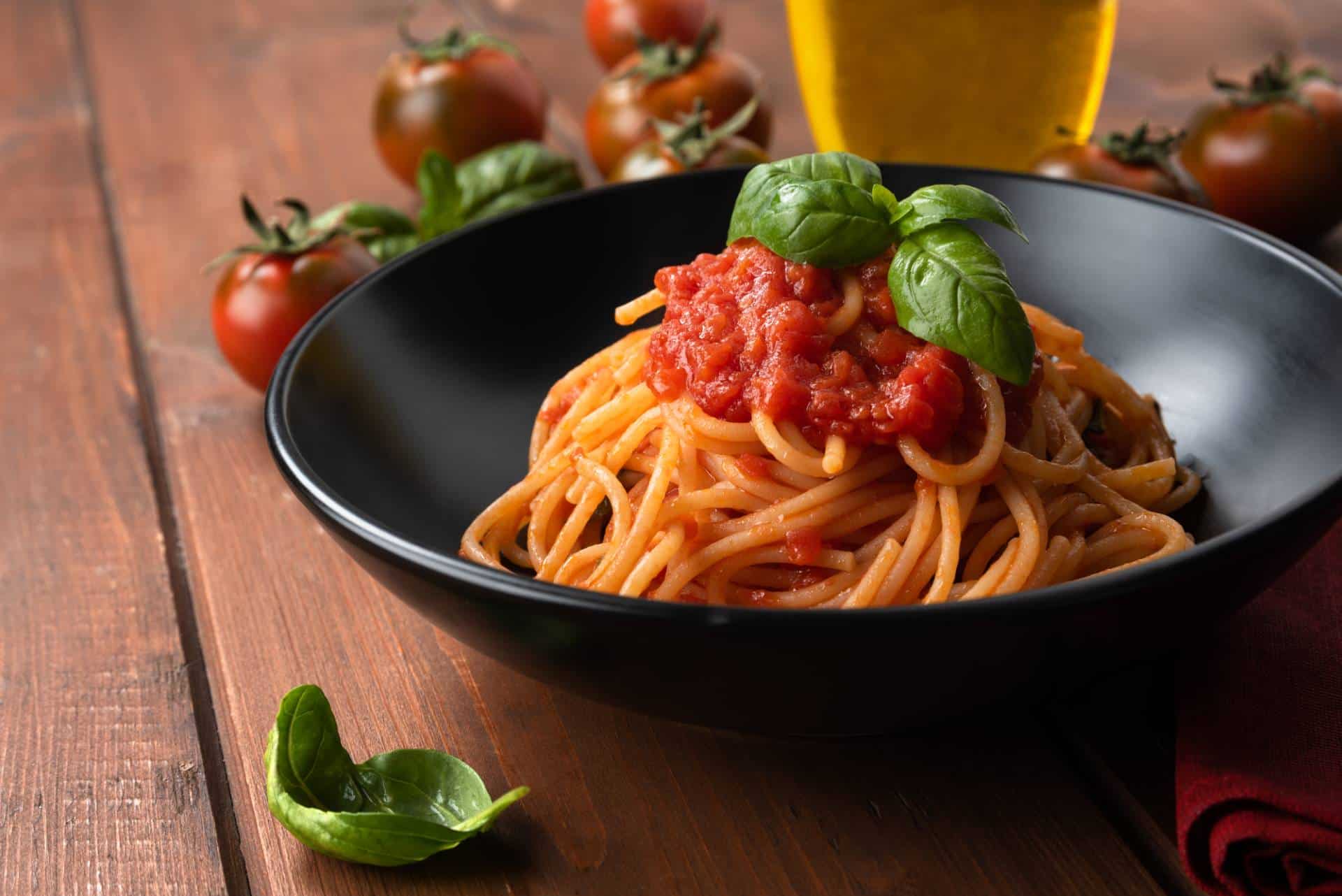
History of Pasta
Pasta, in various forms, has a long history that spans across different cultures and regions. However, the type of pasta we are most familiar with today, made from durum wheat and shaped into various forms, is commonly associated with Italy. The Etruscans, an ancient civilization in what is now modern-day Italy, are often credited with developing an early form of pasta. They created a dough-like mixture made from grains and water, which they would shape and cook.
The Romans also had a type of pasta known as "laganum," which was made from a similar mixture of grains and water. They used this to make a wide variety of pasta-like dishes. However, it was during the Middle Ages in Italy that pasta production and consumption became more widespread and refined. By the 13th century, dried pasta had become a staple food for sailors and travelers due to its long shelf life.
In the 16th century, Catherine de' Medici, an Italian noblewoman who married the future King Henry II of France, is said to have introduced pasta to the French court. This contributed to the spread of pasta's popularity beyond Italy. Today, Italy is renowned for its diverse and extensive range of pasta shapes and styles. Italian cuisine has played a central role in popularizing pasta around the world, and it has become a beloved staple in many cultures' culinary traditions. In Italy, there are 2,000 different names for over 600 total varieties of pasta.
The history of pasta is a fascinating journey that spans centuries and continents, with its origins often traced back to ancient civilizations. While pasta-like dishes have been enjoyed by various cultures throughout history, it was in Italy where pasta as we know it today truly took shape. Contrary to popular belief, pasta did not originate in Italy; rather, it is believed to have been introduced to Italy from China via the Silk Road, where Marco Polo is said to have encountered noodles during his travels in the 13th century.
Although Marco Polo's travels may have introduced pasta to Italy, it was the Italians who truly embraced and perfected the art of pasta making. In the centuries that followed, pasta became an integral part of Italian cuisine, with countless variations and shapes developed to suit different regional preferences and culinary traditions. From the iconic spaghetti to the humble macaroni, pasta dishes became synonymous with Italian food, enjoyed by people of all ages and social classes.
Italian pasta makers played a crucial role in the evolution of pasta, refining techniques and recipes passed down through generations to create the wide array of pasta shapes and styles we know today. Each region of Italy boasts its own unique pasta traditions, with variations in shape, texture, and sauce accompaniments. Whether it's the long, thin strands of spaghetti served with a rich tomato sauce in Southern Italy or the hearty, tube-shaped macaroni used in comforting dishes like macaroni and cheese, Italian pasta offers something for everyone.
Over time, pasta became not only a staple of Italian cuisine but also a beloved culinary export enjoyed by people around the world. Italian immigrants brought their pasta-making skills with them to countries like the United States, where pasta dishes quickly gained popularity and became an integral part of the local culinary landscape. Today, pasta is enjoyed in countless variations and adaptations, but its roots in Italy remain a testament to the enduring legacy of Italian pasta makers and their contributions to global gastronomy.
The origins of pasta are deeply intertwined with the rich tapestry of Italian culture and culinary history. While the exact origins of pasta are difficult to trace, it is widely believed that pasta was introduced to Italy from China by Marco Polo during the 13th century. However, some evidence suggests that pasta-like dishes may have existed in Italy even before Polo's travels. Regardless of its exact origins, pasta quickly captured the hearts and palates of Italians, who developed a profound love affair with this versatile food.
Since pasta made its way to Italy from China, Italians have embraced it as a staple of their cuisine, incorporating it into a wide variety of dishes and regional specialties. Traditional Italian pasta is made with a simple combination of durum wheat and water or eggs, which is then shaped into various forms using techniques passed down through generations. Pasta chefs, or pasta makers, play a vital role in the history of Italian pasta, refining techniques and developing new shapes to suit different culinary traditions.
In the 17th century, pasta's popularity soared across Italy, and pasta factories began to emerge, producing large quantities of pasta for commercial sale. These factories employed pasta chefs who specialized in crafting fresh pasta using traditional methods and pasta machines. While fresh pasta was widely enjoyed, dried pasta, known as pasta secca, also gained popularity due to its longer shelf life and convenience.
Today, pasta is one of the most beloved foods in Italian culture and cuisine, enjoyed in countless variations and dishes. Pasta sauces, such as tomatoes and pasta, are an essential component of many Italian pasta dishes, adding depth and flavor to cooked pasta. From the classic spaghetti with marinara sauce to the hearty lasagna layered with rich bolognese sauce, pasta continues to be celebrated as a culinary art form that showcases the variety and sophistication of Italian cuisine.
The history of pasta is a testament to the enduring love affair between Italians and this humble yet versatile food. Whether enjoyed fresh or dried, pasta remains a beloved symbol of Italian culture and tradition, cherished by people around the world who share a passion for authentic Italian pasta and the rich history kitchen that surrounds it.










